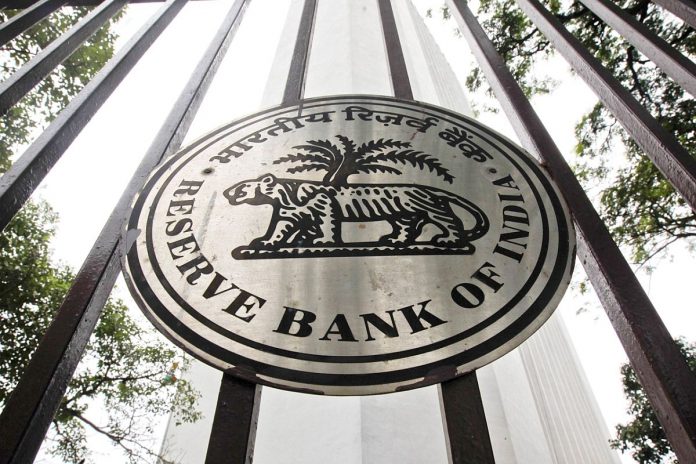The Reserve Bank’s new guidelines on the current account have made the foreign banks jittery, as they will not be able to garner nil-interest funds from corporate in the name of providing better services than their domestic counterparts. According to the new RBI guidelines, a bank opening a dedicated current account of any company with Rs 50 crore or more in debt must have at least 10% loan exposure in the concerned business entity.
The foreign banks were managing large current accounts where interest outgo was nil but the latest guideline from the Reserve Bank of India will put a curb on this practice. So, public-sector banks do the bulk of corporate lending, they stand to gain from these guidelines on current accounts. On August 6, the RBI had observed that the checks and balances put in place in the existing framework for opening current accounts are inadequate.
The RBI said that where a bank’s exposure to a borrower is less than 10 per cent of the exposure of the banking system to that borrower, while credits are freely permitted, debits to the CC/OD account can only be for credit to the CC/OD account of that borrower with a bank that has 10 per cent or more of the exposure of the banking system to that borrower. The central bank has said the credit balances in such accounts should not be used as margin for availing any non-fund based credit facilities. It added that in case there is more than one bank having 10 per cent or more of the exposure of the banking system to that borrower, the bank to which the funds are to be remitted may be decided mutually between the borrower and the banks.
The central bank said that rather than opening a new current account, all transactions should be routed through cash credit (CC) or overdraft (OD) account. The RBI said that there are concerns emanating from the use of multiple accounts by borrowers, which calls for the need for safeguards for the opening of such accounts by borrowers availing credit facilities from multiple banks. There is also a chance that the money could be used to repay the first credit facility and keep using the same modus operandi which can potentially lead to a wider concern.

